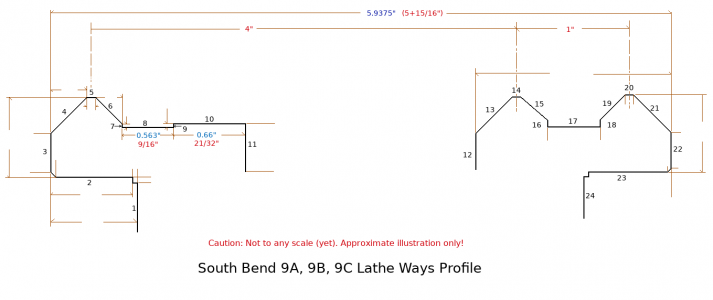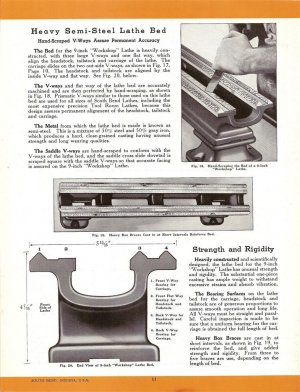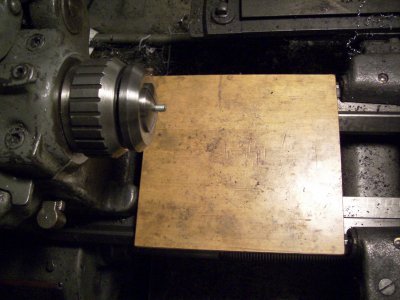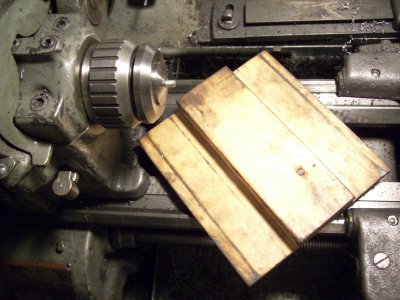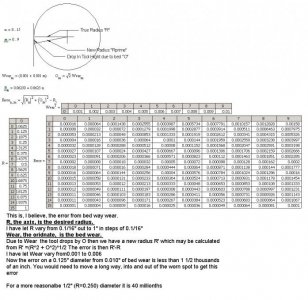There is no doubt that your lathe is a SB 9C. I looked in the 1963 catalog and you could indeed get a 9C with an under mount drive, but that included a factory cabinet.
I agree, everything about it is like a 9C. The saddle from the 9A fits right on it. Everything up there looks exactly the same, although, in the detail, the slot in the quill of the 9A is fractionally wider. Not too significant because SB changed their build over the years. The labels are genuine.
BUT .. There is still some mystery!
There is NO serial number on the alleged 9C - or at least, there is nothing in the spot where one expects it to be. It's not that a lathe would be produced like switchblade knives for criminals. A serial number should be somewhere! Maybe there was some particular year when South Bend started using the place on the bed right next to the two screws that hold the leadscrew bearing on. There is not the minutest trace of stamped number in the expected place.
9C - Sans Serial Number?
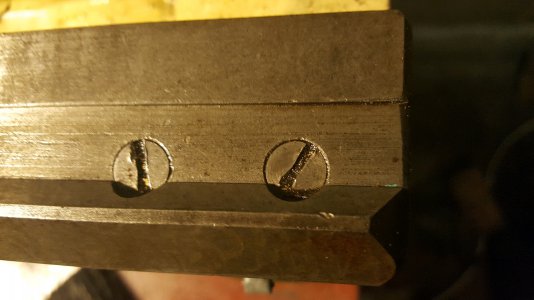
I studied that spot really carefully. Gone indeed! No serial number was ever there. If there is one, it hides somewhere else on the machine.
South Bend Serial Number Calculation?
A curiosity I found on that UK lathes information site. You do need a scientific calculator. My Reverse Polish calculator on my PC does this just fine.
1. Find your serial number, in my case 130147 for the 9A
2. Raise the number to the power
0.0059. So mine is (130147 ^ 0.0059) = 1.07195156226
3. Then multiply the answer by
1812, (as in the Tchaikovsky tune used for US Independence Day since 1974 - but without the cannons)!
So for me 1.07195156226 x 1812 =
1942.37623082 for which we take "1942".
Wow! Who knew that could work? What geek figured it out? It seems South Bend had a simple sequential numbering system for the first 186,500 lathes up to 1947. After that, they used serial groups for different lathe types. The number of types decreased, and the big survivor was the 10K which had the highest serial numbers in their range.
OK - so the calculation has enough decimal places to place an oilcan in LA, as viewed from NY, but is only claimed to get the date of manufacture within a year or so manufacture.
I know in trying to identify my 9A lathe, I got distracted a bit. For any folk also trying for similar, here is what I found..
South Bend Lathe Serial Numbers
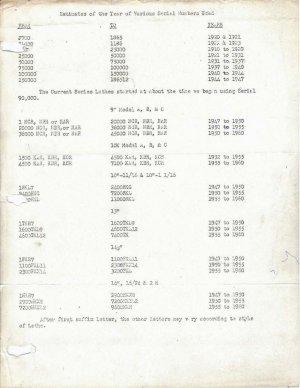 Then from 1947..
Then from 1947..
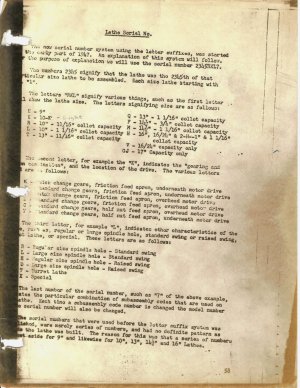
While here, I see the screw heads reveal that somebody had the 9C leadscrew off at some stage - not too unusual. I do that too! Except, if I had put any screws back, I would be able to tell it was me. The slots would not be mangled, and maybe even the screws upgraded to hex capscrews.
More Mystery!
I can expect that the underneath drive would have a different foot support, but I have compared the casting of the lathe bed, and the mounting foot at the tailstock end for both lathes. Here we see a difference.
Alleged 9C tail end.
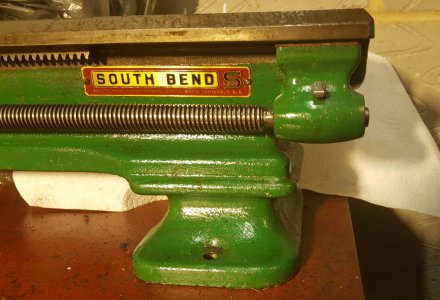 Now compare to the known 9A tail end
Now compare to the known 9A tail end
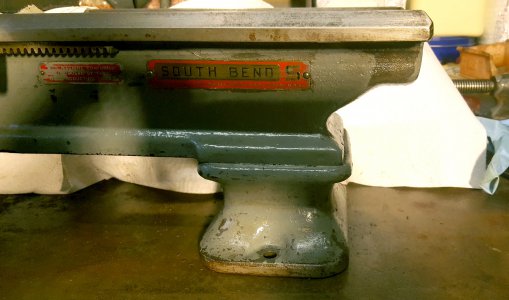
The "green" foot is shorter, and is part of the bed as a single casting. The 9A foot is a separate casting, bolted to the main bed with a clamp plate.
Other things.
While I had the covers off to get the pictures of "alleged 9C", I can see a wear ridge in the ways, and the backlash on the cross slide dial is well more than 90°. It is probably an older lathe, so that is perhaps to be expected. It was clearly better treated at times, new green paint job, new bronze quill nut repair, etc. The gears look all clean and lovely. Still, it had worked long in it's life!
My apologies if this turned into a bit of a ramble. For the moment, it takes me wherever it will, until I start on some kind of plan.







